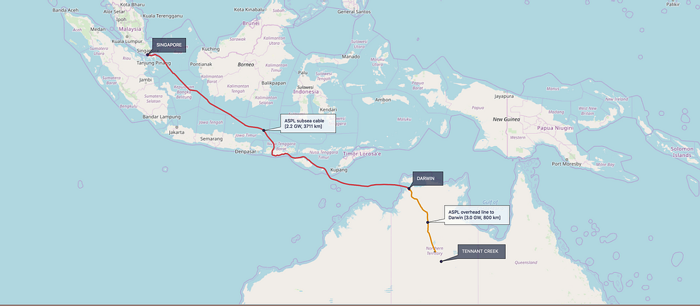It looks like you're new here. If you want to get involved, click one of these buttons!
If you ONLY CARE about numbers for inflation, you might stop saying that your number is $876K. Adjusted for inflation, it is $543K, which amounts to a 2.64%/year loss in real value over 22.81 years.Both are close...Mine=$876K...yours=$847K.
I ONLY CARE about numbers adjusted for inflation.
https://www.retailinvestor.org/pdf/Bengen1.pdfThe withdrawal dollar amount for the first year (calculated as the withdrawal percentage times the starting value of the portfolio) will be adjusted up or down for inflation every succeeding year. After the first year, the withdrawal rate is no longer used for computing the amount withdrawn; that will be computed instead from last year's withdrawal, plus an inflation factor.
Kitces, incorporating CAPE P/E 10 data, concluded that the safe withdrawal rate is never less than 4.5%, and can be increased if the ratio at the start of retirement is under 20.It does indeed seem that retiring at times with particularly low bond yields, which can be expected to increase over time, may not favor rising equity glidepaths during retirement. It essentially causes the retiree to lock in low bond returns and even capital losses on a bond fund as bond yields gradually increase (on average) over time.
Now he says SP500 performance will be around 7%.Inflation directly affects the periodic withdrawals, as it is assumed that dollar withdrawals are increased annually by CPI. If inflation is high, it results in rapidly increasing withdrawals. ... the inflation trend hints at a reliable cause-and-effect relationship. As inflation (defined as the trailing 12-month Consumer Price Index at retirement) increases from top to bottom, SAFEMAX correspondingly declines.
Also on point regarding predictions, he writes: "if you have strong feelings that the inflation regime will change in the near future, you can choose another [presumably more conservative] chart".I should also issue the usual cheerful disclaimer that this research is based on the analysis of historical data, and its application to future situations involves risk, as the future may differ significantly from the past. The term “safe” is meaningful only in its historical context, and does not imply a guarantee of future applicability.
It's not about knowing more, it's about backing up a "new" concept with real numbers. The best teacher is the market.FD - So you know more about investing than the professionals quoted in Barron’s?
.....the Power Link doesn't just involve building the world's largest solar farm, which will be easily visible from space. The project also anticipates construction of what will be the world's longest submarine power cable, which will export electricity all the way from outback Australia to Singapore via a 4,500-kilometre (2,800 miles) high-voltage direct current (HVDC) network.

Again, the thread is not about me but after you couldn't come up with anything to debunk the original post you resort to make it personal. I never said that what I do is the only game in town, it works extremely well for our portfolio. I actually posted many times that the average Joe should buy several funds (indexes+managed) and hardly trade.It's all good, FD. PIMIX is still good for long term holders. I'm meeting my goals. That is what is important to me. Keep convincing yourself that getting 5% per year with low SD is the only game in town. I guess there's a reason people live in Georgia :o}


© 2015 Mutual Fund Observer. All rights reserved.
© 2015 Mutual Fund Observer. All rights reserved. Powered by Vanilla